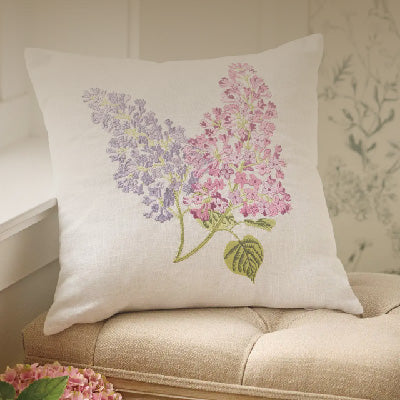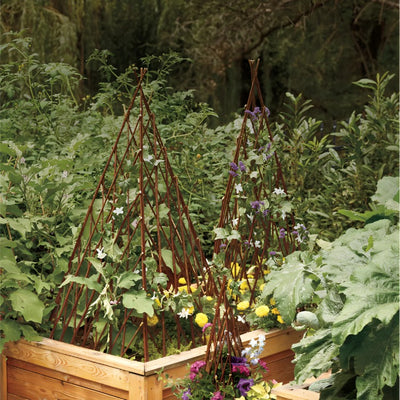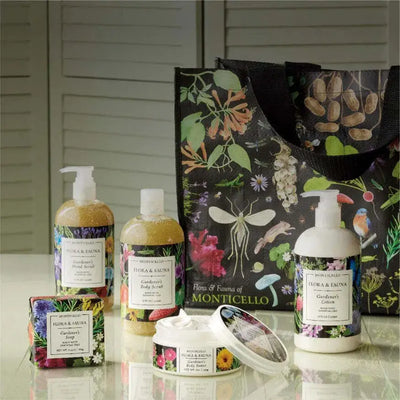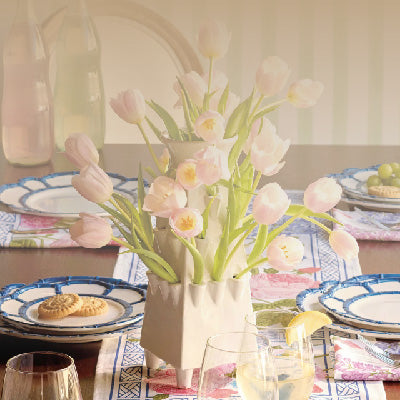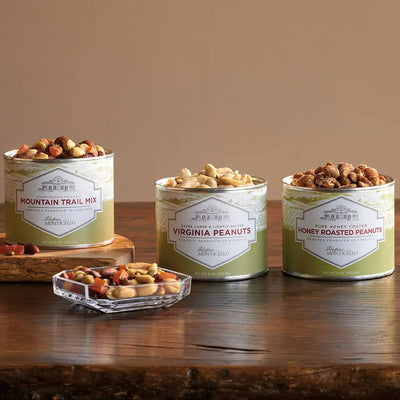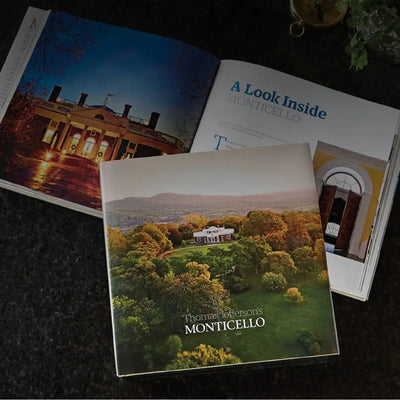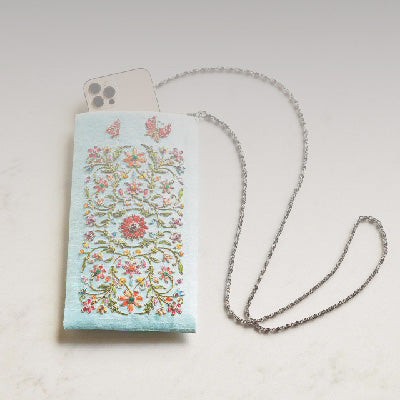Woody, North American twining climber
Description: Long, tubular flowers are rich, scarlet-orange outside and yellowish-orange inside, produced in clusters in late spring and sporadically through summer; foliage is dark green above and bluish green beneath; forms red berries in fall that are attractive to birds
Habit: Grows 12 to 20 feet high
Culture: Prefers fertile, moist but well-drained, humus-rich soil and full sun to light shade
Hardiness: USDA Zones 4 through 9
Trumpet Honeysuckle or Coral Honeysuckle, native to the Eastern and Southern United States, is evergreen in the South, but deciduous in the North. The clusters of showy scarlet flowers attract hummingbirds and butterflies but are not fragrant. The species was introduced to Europe in 1686 and Bartram's Nursery in Philadelphia first offered it in 1783. Thomas Jefferson listed Trumpet Honeysuckle as an ornamental native plant in his book Notes on the State of Virginia (1782). It grows best on verandas, porches, and pergolas. Deer resistant and tolerant of clay soil.
Trumpet Honeysuckle (Lonicera sempervirens) arrives in a 4" pot.
Details
| Genus | Lonicera |
|---|---|
| Species | sempervirens |
